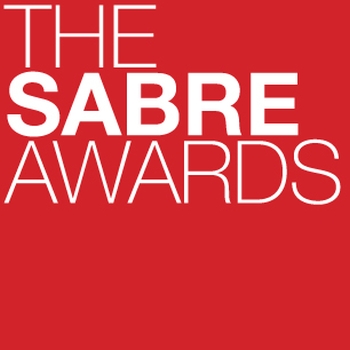Stories: still the same thing
The more things change, the more they stay the same. Jean-Baptiste Alphonse Karr, the first person to ever say that, was a French critic, journalist and novelist – a professional storyteller.
So much about the way we tell stories has changed. Fancy, new technology means our stories have to be Omni channel, multi-platform, snackable and sharable. Insights driven storytelling, thanks to social listening and online behaviourial analytics, has also meant that our stories are now being shaped by what we know about our audiences, making it more effective and goal-driven.
While so much about the way we tell stories has changed, at its core storytelling remains the same. Success, irrespective of platform, is dependent on the same intrinsic principles as those that applied millions of years ago when we first started telling stories, and using them to influence the way our communities think, how they make decisions and what they choose to consume.
The most important aspects of storytelling have not changed.
This is especially true when it comes to telling stories for business. In fact it is even more so, because, while telling stories in our everyday life is mostly about entertaining or educating our audiences, the stories we tell in business have much more focussed purposes, objectives and goals.
Also target audiences are more specific, ranging from employees and colleagues to business partners, customers and the media.
In order to tell a good story that is effective when it comes to business you have to know the following:
- Your industry
- Your business strategy
- Your communications strategy
- Your messages and your proof points.
Then you need to stick to the basics of storytelling. Your story must have a clear beginning, middle and end. It must be authentic, personal and relevant and it must be engaging; able to create drama or tension.
The most important aspect of storytelling in business is that you make a connection with your target audience. You do this by being relevant and telling stories about people they know or can relate to, or about issues that affect them or someone they know or care about.
Audiences today are smarter than ever. Not only will they be able to pick out a story which is not authentic, they will call you out on it publicly. Can we trust your story? Does it match the reality of how you do business or is it incongruent with the values and actions your company puts out every day?
Ahead of the Loeries this week it will be interesting to note what members of the jury for public relations take into account when making their final decision. Will flashy campaigns gain more ground on those which rely on strong stories and content to gain results?
Often the new technology and platforms take precedence over the actual content or story we are trying to tell. “Let’s shoot a 360 degree video”, is the latest refrain when it comes to wanting to impress clients. A year ago it was; “Let’s build infographics”.
It’s not that they are not important and do not add to the experience when it comes to storytelling, it’s that too often they are distractions. People will watch your beautifully shot 360 video and they will share it and they will even talk about it for a while. They won’t remember it in a year.
A good story will encourage an action, be that an emotion or a physical response – good business storytelling should do the same – change a behaviour, encourage participation or merely drive the bottom line. Creative storytelling, worthy of a Loerie should prove this.
People don’t remember gimmicks. They remember stories.
It’s how things have worked for years. It’s how things worked when people started scrawling stories on cave walls, and when the printing press was invented, and when TVs became part of our living rooms, and when the internet erased borders, and when our phones became integral to our lives, and it will be how things work when someone inserts a chip into our heads to beam visuals straight into our cerebral cortices.
That’s the thing about storytelling; the more things change, the more they stay the same.
Written By: Francois Rank, Associate Director
Find Out More
-
Digital Insights Bulletin - August 2024
August 31, 2024
-
Digital Insights Bulletin - July 2024
July 30, 2024
-
Sabre Awards Africa 2023
April 20, 2023


